
Taller than the Eiffel Tower, India constructs world’s highest railway bridge
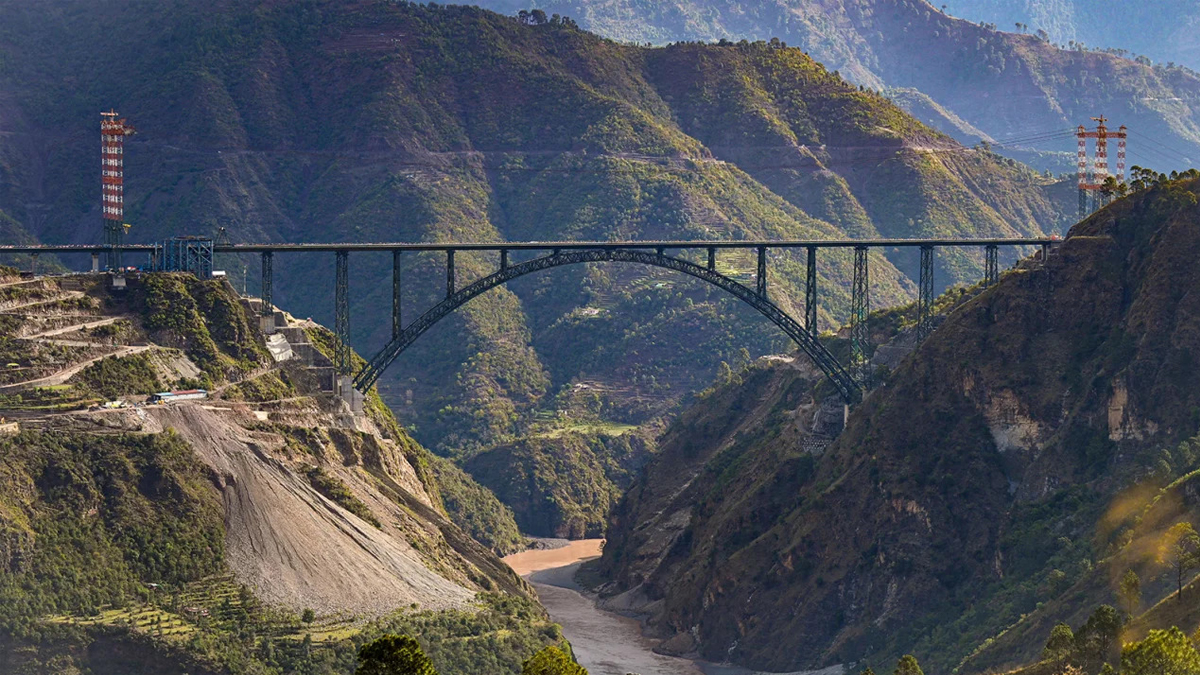
By Tara Subramaniam, May 2: India is now home to the world’s tallest railway bridge. Some 35 meters (over 10 feet) taller than the Eiffel Tower, the Chenab Bridge sits 359 meters (around 109 feet) above the Chenab River in India’s contentious Jammu and Kashmir region.
After decades of construction, the bridge in northern India will be open to visitors by the end of December 2023 or January 2024, the Ministry of Railways said in a March press release.
The 1,315 meter-long (4,314 feet) bridge is part of a broader project to make the Kashmir Valley accessible by the Indian Railway network. In addition to the Chenab Bridge, the Udhampur-Srinagar-Baramulla Rail Link (USBRL) project involves what will become the country’s longest transportation tunnel and Indian Railways’ first cable bridge.
For India’s Prime Minister Narendra Modi, who swept to power in 2014 on a ticket of nationalism and a promise of future greatness, investments in infrastructure like the Chenab Bridge and the broader rail link project can be seen as a powerful tool for social integration and political influence, connecting disparate regions with key cities.
“The bridge and the greater connectivity it’s meant to create will be projected by New Delhi as another big victory for the region’s development,” said Michael Kugelman, director of the South Asia Institute at the Wilson Center.
Another link in the chain
Linking Kashmir with the rest of India by train will specifically boost the region’s industrial and agricultural sectors by allowing all-weather rail connectivity between the valley and the rest of India, experts say.
Previously, the only land route connecting the Indian-controlled parts of Kashmir with the rest of the country was the winding 300-kilometre (185-mile) Srinagar-Jammu national highway, which closes during part of the winter and is also frequently the site of vehicle accidents.
“We are getting a lot of problems going across the road,” Anil Kumar Mehendru, vice president of the New Kashmir Fruit Association, told CNN. “Once we will be connected by train with the rest of India, it will be a big boost to this industry, agriculture as well as fruit.”
Sushant Singh, a senior fellow at the Centre for Policy Research in India, said the bridge also has political implications, as it’s seen as “a means of integrating Kashmir into India.”
According to Singh, “the hope historically” was that the railway link, including the Chenab Bridge, would make Kashmir “feel more like a part of India.”
But Singh told CNN it “remains to be seen” whether the expanded connectivity from the bridge and rail link is seen as a positive by Kashmiris, given that “in recent years, Kashmir has been undermined by policies taken by Prime Minister Modi and his government which have really alienated the Kashmiris.”
In 2019, India revoked a constitutional provision giving the Indian-controlled part of Kashmir the autonomy to set its own laws. The southern and eastern portions of the region known previously as the Indian state of Jammu and Kashmir became two separate union territories, a move Modi claimed would promote stability, reduce corruption and boost the economy.
“New Delhi’s message, following that move, was that it would leverage its greater degree of control over Jammu and Kashmir to bring it greater development benefits,” Kugelman said. “It will use the bridge as a high-visibility, eye-catching data point to argue its strategy is working.”
Although the overall USBRL project was established in 2002 before Modi became prime minister, the Chenab Bridge is already being touted as a prime example of his efforts to expand development in the country.
India’s Minister for Railways Ashwini Vaishnaw said in the press release that “The iconic Chenab Bridge is an example of such new chapters and dimensions of development materialized by the inspiring leadership of the Honorable Prime Minister.”
Since coming to power, Modi increased the budget of less than $100 million for the USBRL project by a factor of six to accelerate the bridge’s completion after years of delays, Vaishnaw told a March press conference, according to CNN affiliate News18.
India has invested millions into modernizing its infrastructure. In February, Modi inaugurated the first section of a 1,386-kilometer (861-mile) expressway linking the capital New Delhi to the financial hub of Mumbai. The 246-kilometre section (153-mile) of the expressway alone cost $1.4 billion, the government said in a press release.
Construction is also underway for the Western Dedicated Freight Corridor, which aims to decongest India’s railway network.
CNN


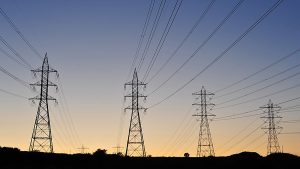
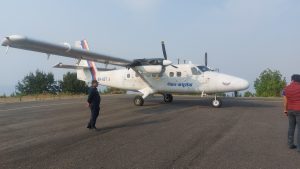
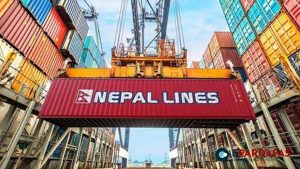
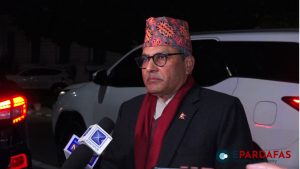

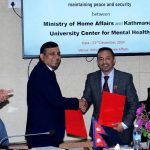


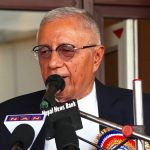

Comments